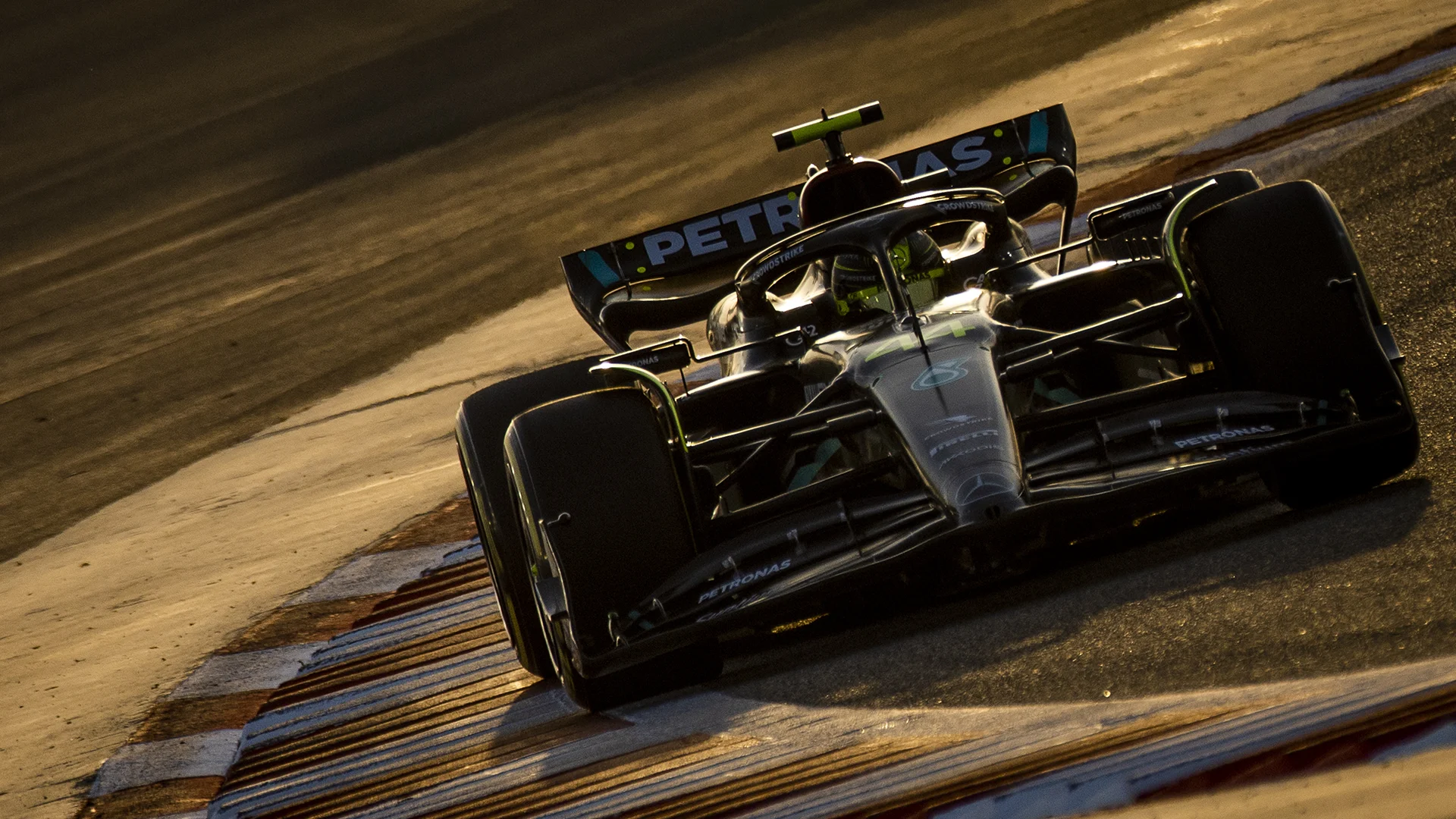If column-inches translated into points, right now we’d already be asking rhetorically if anyone could catch Mercedes in 2023. It is traditional for one team to dominate the media landscape before a wheel is turned in anger, and through January and February, that team were the Silver [later revealed to be Black] Arrows.
They’re an unusual candidate for such scrutiny: the honour usually goes to defending champions; or teams with new management; with marquee driver signings or rumoured to be on their financial uppers. Mercedes, conversely, are the model of continuity – though it’s not an exaggeration to suggest the ability of 2023 to hold the interest of the Formula 1 community is perhaps dependent on the performance of their W14. No pressure lads…
READ MORE: Hamilton says rumours of ‘Plan B’ Mercedes car concept are ‘complete rubbish’
Next Up
Related Articles
/TEAM%20PREVIEWSHALF%20TERM%20REPORTS%20DISPLAY%20V1%20(13).webp) End Of Year Reports 2025Racing Bulls’ best and worst moments from 2025
End Of Year Reports 2025Racing Bulls’ best and worst moments from 2025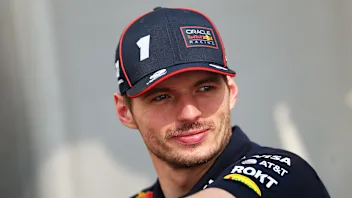 Verstappen reflects on Mercedes talks and F1 future
Verstappen reflects on Mercedes talks and F1 future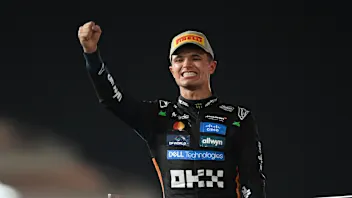 The elite group Norris joins as McLaren World Champion
The elite group Norris joins as McLaren World Champion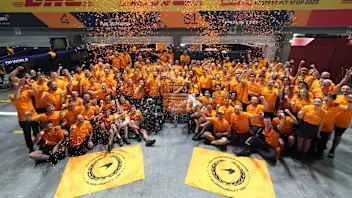 PalmerJolyon Palmer picks his top performers in 2025
PalmerJolyon Palmer picks his top performers in 2025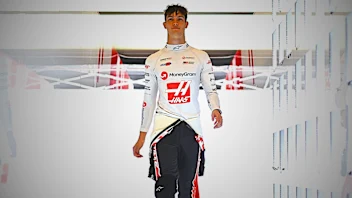 ExclusiveHow Bearman went from super-sub to star rookie in 2025
ExclusiveHow Bearman went from super-sub to star rookie in 2025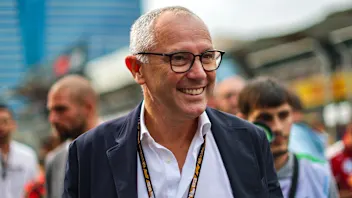 F1 CEO Domenicali reflects on 'phenomenal' 2025
F1 CEO Domenicali reflects on 'phenomenal' 2025
